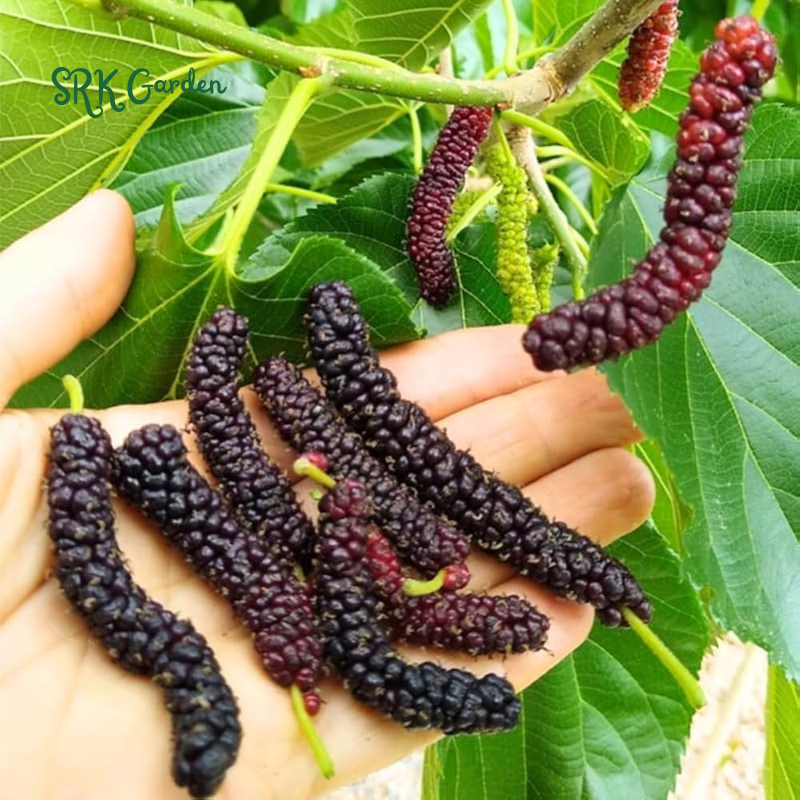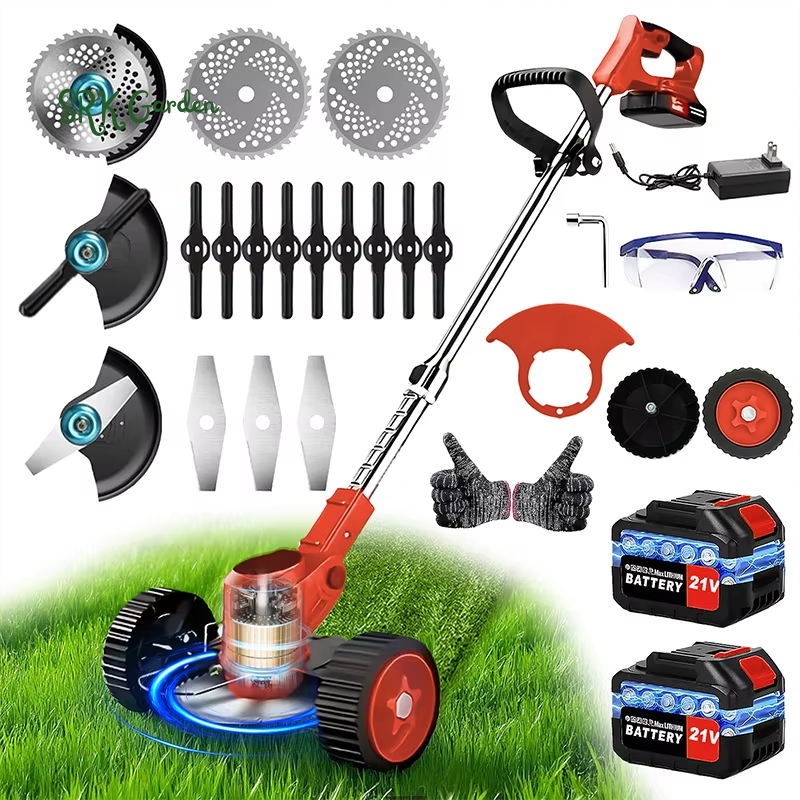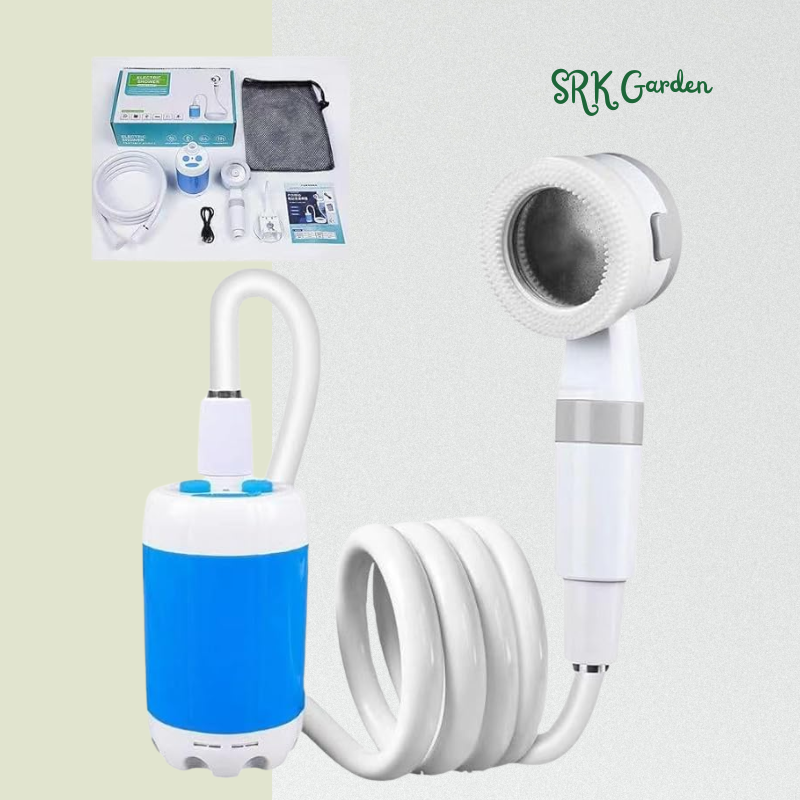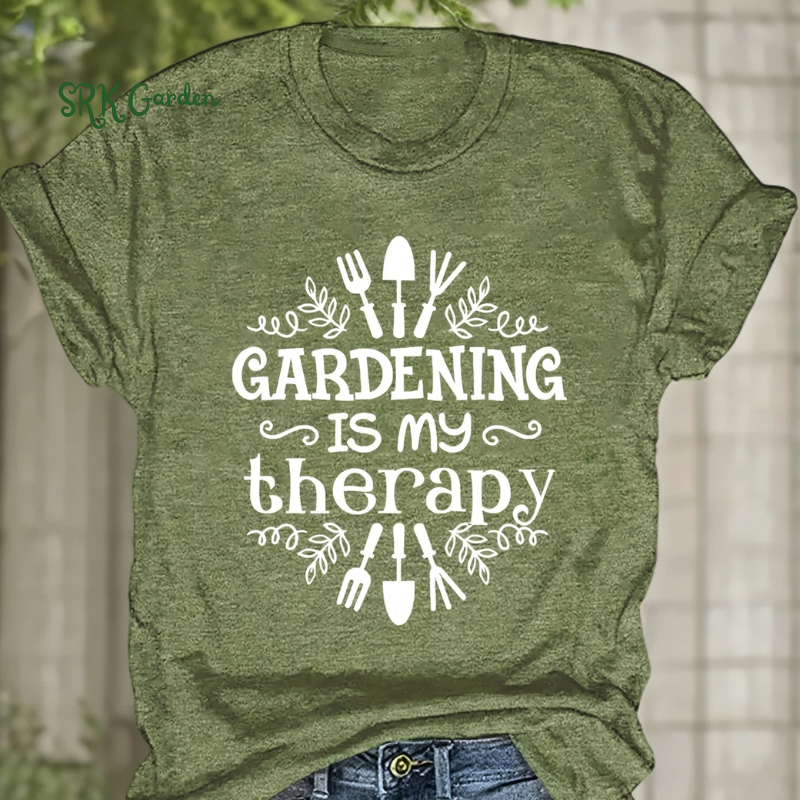Beginner Gardening Tips: Easy Vegetables to Grow for First-Time Gardeners
With gardening season just around the corner, now is the perfect time to start planning your vegetable garden. Whether your goal is to grow enough produce to avoid buying groceries all summer or to preserve vegetables for winter, starting a garden can be a rewarding and cost-effective experience. If you’re new to gardening, this guide will help you get started with some of the easiest vegetables to grow.
Preparing Your Garden Space
Before planting, select the ideal spot for your garden. Here’s how:
- Choose a Sunny Location: Look for an area that receives at least 6 hours of direct sunlight daily.
- Consider Accessibility: Make sure the garden is close to a water source and is on level ground.
Once you’ve picked the spot, prepare the soil. Vegetables thrive in loose, nutrient-rich soil, so till the ground and mix in compost or manure to boost fertility.
Selecting Seeds
You can find garden seeds at local stores or online. Check your Hardiness Zone to know the best planting times for your area. Choose vegetables your family enjoys eating to ensure your efforts are well-spent.
Top Vegetables for Beginner Gardeners
1. Lettuce
Lettuce grows quickly and is ideal for cooler weather.
- Planting: Sow seeds ¼ inch deep and water frequently. Thin seedlings to 8–10 inches apart.
- Harvest: Ready in about 6 weeks.
2. Potatoes
Potatoes are low-maintenance and store well.
- Planting: Plant seed potatoes in 6-inch-deep holes, spaced 12 inches apart, about 4 weeks after the last frost.
- Harvest: When vines die back (80–100 days), dig up your potatoes and store them in a dark, cool place.
3. Peas
Perfect for spring planting, peas bring a nostalgic charm.
- Planting: Sow seeds near a trellis or support structure. Train the vines to climb as they grow.
- Harvest: Pick pods regularly to encourage new growth.
4. Beets
Beets are versatile and great for juicing or cooking.
- Planting: Sow seeds ½ inch deep and 1–2 inches apart. Thin seedlings as they grow.
- Harvest: Beets are ready about 70 days after planting.
5. Carrots
Carrots thrive in deep, well-drained soil.
- Planting: Mix sand into your soil for finer texture. Sow seeds thinly and thin plants as they grow.
- Harvest: Water deeply to encourage long, straight roots.
6. Zucchini
Zucchini plants are prolific producers.
- Planting: Sow two seeds in small mounds, spaced 3–6 feet apart.
- Harvest: Regularly pick zucchini to keep the plants producing.
7. Pumpkins
Pumpkins are fun for fall decorations and baking.
- Planting: Grow in mounds like zucchini, with plenty of compost and water.
- Harvest: Watch as small pumpkins grow into festive decorations.
8. Beans
Beans come in many varieties, from pole to bush beans.
- Planting: For pole beans, use a trellis; bush beans don’t require support.
- Harvest: Beans thrive in warm weather and need full sun and compost-rich soil.
9. Onions
Onions are easy to grow and store.
- Planting: Use onion sets (small bulbs) and space them 2–6 inches apart. Cover lightly with soil.
- Harvest: When the tops yellow and fall over, the onions are ready.
Essential Gardening Tips
- Watering: Water deeply (about 2 inches) once or twice a week, preferably in the morning or evening to reduce evaporation.
- Mulching: Use mulch to suppress weeds and retain moisture.
- Patience: Don’t be discouraged by failures. Gardening is a learning experience!
Ready to Get Started?
Planning your first garden is an exciting step. Choose a few vegetables from this list, prep your garden, and start planting. The real joy comes when you see those first green seedlings sprout!
What will you grow this season? Share your plans in the comments—I’d love to hear from you!








